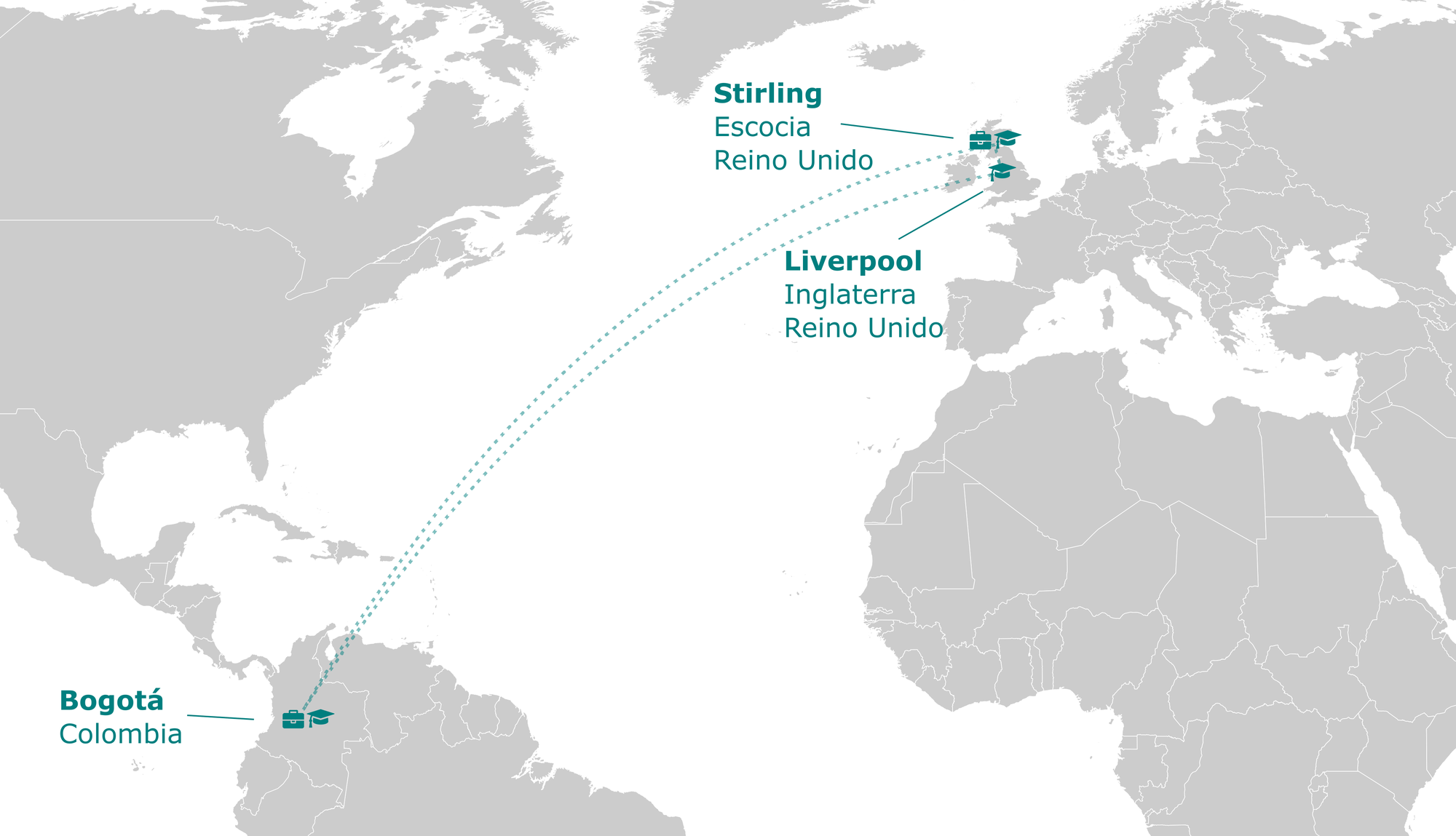Acerca de mí
Soy Profesor Asociado e investigador de EvoCo: Laboratorio de Evolución y Comportamiento Humano, de la Facultad de Psicología de la Universidad El Bosque en Bogotá, Colombia, y lider del grupo de investigación CODEC: Ciencias Cognitivas y del Comportamiento (clasificado como A1). También soy fundador y miembro del Consejo Directivo de Latin American Association for Human Behavioral and Evolutionary Sciences (LAAHBES), y me desempeño como recomendador (equivalente a Editor Asociado) para Peer Community In Registered Reports.
Mis intereses de investigación se centran principalmente en la comunicación vocal humana, la elección de pareja y la musicalidad, así como en la bioacústica, la psicoacústica y los efectos hormonales en el comportamiento humano. He publicado algunos de los primeros artículos que demuestran cambios intraindividuo en el tono de voz en respuesta al estatus social del oyente, así como efectos significativos de la modulación de la voz en los oyentes en contextos de cortejo. Soy además un apasionado por los métodos cuantitativos y la programación en (usando RStudio), y abogo por promover la reproducibilidad y la ciencia abierta.
Producción científica
En este sitio podrás encontrar toda la información de mis publicaciones, así como acceder a mis perfiles académicos (haciendo clic en los íconos bajo mi fotografía), incluyendo Web of Science, que tiene el registro verificado de mi trabajo como par académico y roles editoriales en revistas internacionales, e Impactstory, que tiene un registro de las menciones en medios de mi trabajo. Puedes también acceder a mi CvLAC (donde tengo la categoría de Investigador Senior).

Investigación Abierta (canal de YouTube)
Investigación Abierta es un canal de YouTube donde a veces comparto videos y tutoriales acerca de métodos y buenas prácticas de investigación, estadística y ciencia abierta, así como algunos programas útiles de código abierto. Acá puedes encontrar más información acerca del canal y los videos que he creado.
Mi travesía académica

Intereses
- Selección de pareja
- Comunicación vocal
- Modulación vocal
- Musicalidad
- Bioacústica
- Psicoacústica
- Hormonas
- Estadística
- Programación en
Educación
PhD, Psychology, School of Natural Sciences, 2014
University of Stirling (Stirling, Reino Unido)
MSc in Evolutionary Psychology, 2009
University of Liverpool (Liverpool, Reino Unido)
Licenciatura en Pedagogía Musical, 2006
Universidad Pedagógica Nacional (Bogotá, Colombia)
Habilidades
R
Estadística
Diseño Experimental
Análisis Acústico
Análisis de Rostros
Docencia
Publicaciones Destacadas
Investigación Abierta
Canal de YouTube
Contacto
- jleongomez@unbosque.edu.co
- (+57) 601-6489000 Ext. 1901
- EvoCo: Laboratorio de Evolución y Comportamiento Humano, Facultad de Psicología, Universidad El Bosque, Bogotá, DC 110121
- Solicitar una cita (para docentes y estudiantes Universidad El Bosque)
- @jdleongomez@mastodon.social
- @JDLeongomez











